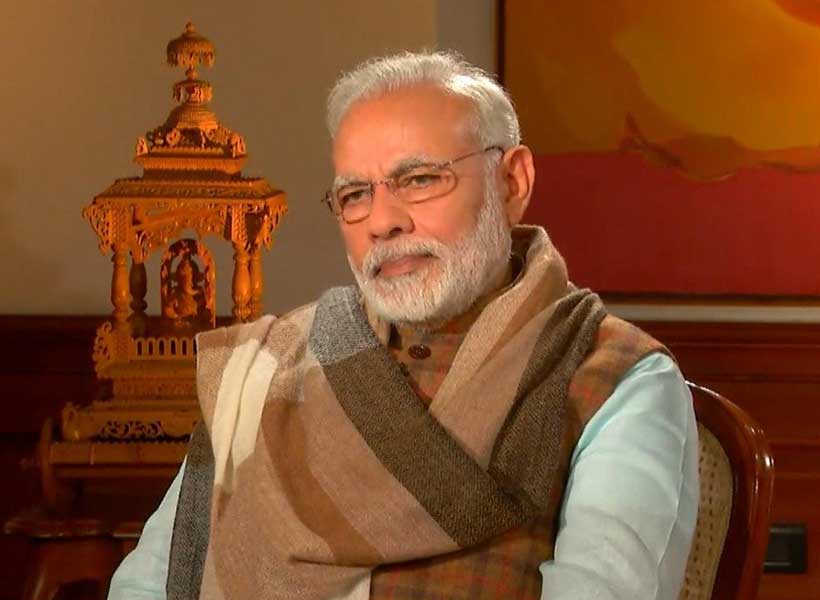Snapshot
India’s foreign policy strategies seem to be manifestations of ‘hengagement’ or playing hedgehog.
Though it’s driven by a ‘realistic necessity’, it must not be viewed as a virtue or a long-term strategy.
Talking to course participants at the National Defence College, New Delhi, a few years ago, Ashley Tellis, the cerebral strategic analyst and senior associate at Carnegie Endowment for International Peace identified the emerging US strategy towards China as one of ‘Congagement’. Comprising complementary strategies of containment and engagement, it aimed to leverage the wide asymmetry in hard power and deft diplomacy with partners and allies to rein in the coercive, revisionist and expansive Chinese juggernaut.
When combined with ‘rebalancing,’ ‘Pivot to Asia’ and introducing the ‘Indo-Pacific’ as a significant maritime space, it constituted a well-thought out strategy that sought to do more with less considering that the US was still hemmed in by Afghanistan, Iraq and Syria. While some of these strategies may have been replaced with more directly confrontationist policies by the Trump administration, both in the economic and military domains, ‘Congagement’ has some steam left.
Seen in isolation, many critics of Indian foreign policy in recent years argue that the scorecard does not read too well. They have a point, but the moment one looks around the world, the only constant is extreme unpredictability and the inability of institutions and states to cope with these changes. One needs to go no further than contemporary US geostrategic inconsistencies as it recalibrates its equations with virtually every ally, partner or adversary; the uncertainties of Brexit and the growing insecurity in Europe as it reconciles to the resurgence of the Russian bear; and continued chaos in the Middle East with the re-imposition of US sanctions on Iran.
In such a milieu, one must distance oneself from the vitiated domestic politics in India and look at contemporary Indian foreign policy through the lens of continuity and attempted change during the past few years. ‘Congagement’ is a policy that needs significant hard power to contain and engage simultaneously. It harks back to Woodrow Wilson’s maxim for the US of ‘speak softly and wield a big stick’. All rising and emerging powers would love the concept, and India is no exception notwithstanding its long-standing assertion that its approach to building power is different. In the absence of adequate hard power, India, over the years, has harked on non-alignment and strategic autonomy as templates for cementing its place as an alternative power centre in global affairs. Albeit with mixed results and widespread criticism over the years, and this writer has been part of that ‘impatient for results brigade,’ India has not done too badly and always stayed relevant in global affairs.
It is with this reflective assessment of Indian foreign policy that this non-diplomat dares to introduce a term – ‘Hengagement,’ which reflects the dilemmas and contradictions within Indian foreign policy circles. A hedgehog is not an aggressive creature, but even large predators keep a distance; and according to the Cambridge English dictionary, hedging is a strategy to ‘protect oneself against making the wrong choice’. India stepping back after last year’s high altitude face-off with China at Doklam and Prime Minister Narendra Modi heading to Wuhan to attempt to recalibrate ties with PRC; or going ahead with the S-400 deal with Russia due to urgent capability requirements as articulated by the Indian Air Force and not so much as balancing the US; or assessing the transactional nature of the current India-Russia relationship; are but manifestations of ‘hengagement’.
However, Modi has no choice but to keep his eye on the ball in his immediate neighborhood, particularly with no letup in the PRC’s initiatives to erode India’s influence in South Asia, and the possibility of a complete marginalisation by a Russia-China-Pakistan grouping in Afghanistan once the ISAF pulls out. The Indian Ocean with instability in the Maldives, rather than the Pacific, is causing greater headaches for him and it is likely that ‘hengagement’ with the big powers would give him sufficient geopolitical space to refocus on the neighbourhood and deal with what is likely to be an emotive, fractured and turbulent election year in 2019.
At a more conceptual level, there is a need to understand that ‘hengagement’ is not the same as non-alignment or strategic autonomy, both of which had an element of altruism and unrealistic expectations of the extent to which India could go it alone in a complex and interconnected world. It must, however, not be viewed as a virtue or a long-term strategy, but as a ‘realistic necessity’ driven by a realisation of a ‘power deficit.’
Source:SM
Image Courtesy:Modern Diplomacy
You may also like
-
IAF Aircraft Set Course For Exercise Eastern Bridge VII At Oman
-
India-us Working Together In Areas Like Critical Minerals, Supply Chains And Advanced Technologies: Shri Piyush Goyal
-
Defence Secretary to co-chair 5th India-Philippines Joint Defence Cooperation Committee meeting in Manila
-
2nd India-Japan Finance Dialogue held in Tokyo on 6th September, 2024
-
Prime Minister, Shri Narendra Modi welcomes Crown Prince of Abu Dhabi
